The basic concept of the Dyson Sphere is straightforward: rather than squander stellar output by permitting it to radiate into space, one can surround the star with a shell to intercept light, thus permitting the energy to be put to use. From the viewpoint of the star system’s inhabitants, this would be a useful source of energy (although any civilization able to turn its planets into a Dyson Sphere would be at most twenty years from commercial controlled fusion). From our Earth perspective (as was Dyson’s), the Dyson Sphere’s infrared emissions, visible across the lightyears, would be evidence of an alien civilization of tremendous achievement.
There are at least two kinds of Dyson Sphere. The first—the one Dyson intended—is made up of a myriad of independently orbiting objects. While this presents an interesting traffic control challenge, the Dyson Swarm has the advantage that not only can it be built incrementally over a very long period, but the components are gravitationally coupled to the star in question.
The second option is a solid shell with the star in the middle. Shells present all manner of problems, many related to the fact that a shell would not be coupled to the star in the middle. Absent some station-keeping mechanism, the position of the star could drift with respect to the shell over time. This would be bad. As well, the net attraction between the inner surface of the shell and any object on the inner shell would be zero, while the net attraction between said object and the star would be non-zero, allowing the object to plummet into the star. This would also be bad.
Alas, while Dyson’s letters made it clear his mental image was of a swarm, his consistent use of the word “shell” established the second variety of Dyson Sphere as the default variety, and the variety adopted by most SF authors. Here are five SF novels featuring Dyson shells.
Orbitsville by Bob Shaw (1975)
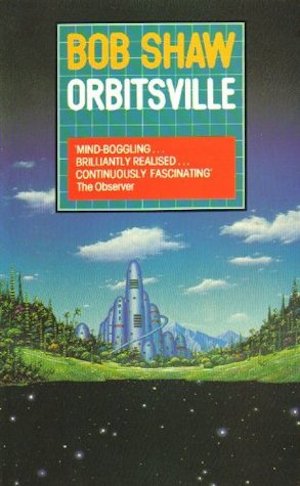
While a competent starship pilot, Vance Garamond is an incompetent babysitter. Tasked with watching his boss’s child, he lets Elizabeth Lindstrom’s child wander away, and the boy falls to his death. Elizabeth Lindstrom is powerful and vindictive; she is certain to take revenge on her negligent employee. So Garamond commandeers a starship and flees the Earth with his family. But where can they go? His boss’s company controls interstellar flight. If he and his family take refuge on any human-settled world, the boss will know. Solution: eschew known worlds for unexplored territory, using star-maps from an extinct alien civilization as his guide.
In the middle of what seems like empty space, Garamond stumbles over “Orbitsville,” a Dyson Shell with a billion times the surface area of Earth. He decides that it’s safe to tell the Earth about his find. Fame will surely protect Garamond from Lindstrom’s wrath!
This is a potentially fatal misjudgment. Being the Earth’s most famous explorer does not mean Garamond and his family cannot be murdered. It simply means murder will have to be disguised as accident. Not hard for the woman who controls spaceflight.
Search for the Sun by Colin Kapp (1982)
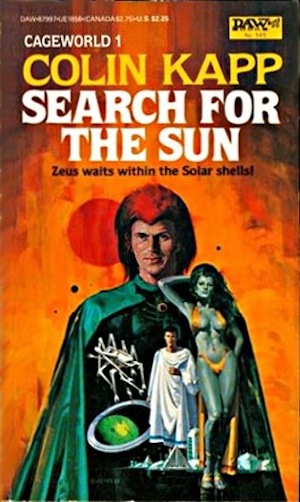
Civilized ingenuity has transformed the Solar System into Solaria, a system of concentric shells centred on the Sun. At least, this is what the history texts assure the inhabitants of Aster Space, the region between the Mars-orbit and asteroid-orbit shells. Both outer and inner limits of Solaria are purely conjectural. Dissatisfied with this state of affairs, visionary Land-a, Prince of Hammanite, dispatches an expedition to the innermost shell of Solaria, there to seek out Zeus, the A.I. that rules Solaria.
Zeus may be a machine but it is very nearly a god. Like many gods, it has very little interest in the concerns of individual mortals. Also, as gods are wont to do, Zeus has many ways of discouraging mortal hubris…as the explorers will soon discover.
Federation World by James White (1988)
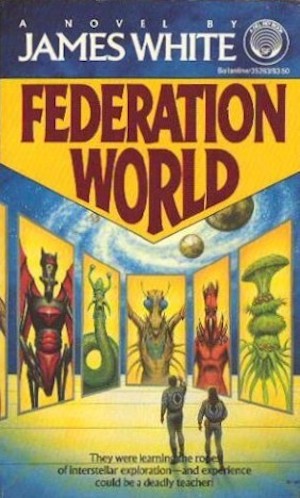
Federation World is perhaps the Federation of Galactic Sentients’ greatest social program. An entire stellar system has been reshaped into a single structure with over a billion times the surface area of the Earth, designed to provide every intelligent species in the galaxy—known and unknown—with sufficient room to live in unparalleled luxury.
Of course, before this largess can be made available, someone has to find and establish diplomatic relations with every civilization in the galaxy. This is where humans Martin and Beth come in. Unsuited to life on Federation World, they will instead seek out unknown beings more suited to the grand experiment.
Noumenon by Marina J. Lostetter (2017)
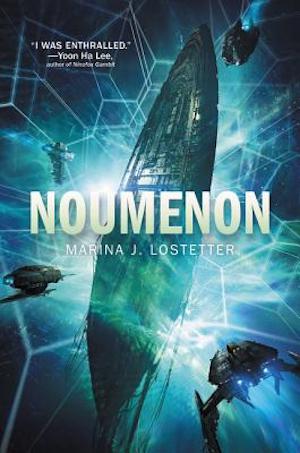
In 2088, Reggie Straifer discovers an enigmatic stellar object, almost certainly artificial and quite possibly a Dyson Sphere. Providentially, Straifer has made his discovery at a time when humanity has both the means and the will to travel to that distant object. There is just the smallest catch: the structure—if it is a structure—is so distant that a round trip will take two thousand years by Earth’s clocks. Even from the explorers’ perspective, over two centuries will pass. Maintaining mission focus will be challenging.
Conveniently, the Planet United Consortium has the means to ensure that the expedition will avoid the known pitfalls of generation ships (as established in so very many science fiction novels). Said means are inhumane but you know what they say about eggs and omelets…
“Back to Myan” by Regina Kanyu Wang (2017)
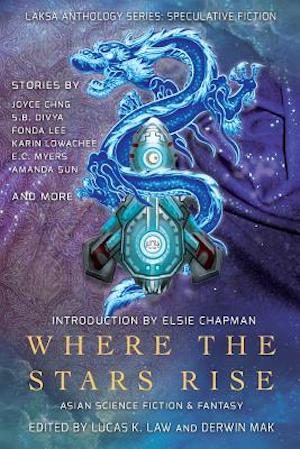
Retrieved by the Union from certain extinction on the ice-encrusted world Myan, Kaya is somewhat less than entirely grateful. After all, the reason Myan was freezing in the first place was Project Saion, the Union’s vast energy-gathering structure blocking Myan from its star, Saion. While the Union did belatedly notice the Myan natives and rescue them, this didn’t come to pass until 997 out of every 1000 of Kaya’s species had perished in the cold. Still, the Union is very, very powerful, while the handful of Myans are not. There is nothing Kaya can do to save her home world. At least, that’s what the Union believes…
***
I have infinite faith in your ability to spot the obvious examples I should have included in this essay, were I more on the ball. Comments are below.
In the words of Wikipedia editor TexasAndroid, prolific book reviewer and perennial Darwin Award nominee James Davis Nicoll is of “questionable notability.” His work has appeared in Publishers Weekly and Romantic Times as well as on his own websites, James Nicoll Reviews and Young People Read Old SFF(where he is assisted by editor Karen Lofstrom and web person Adrienne L. Travis). He is a four-time finalist for the Best Fan Writer Hugo Award and is surprisingly flammable.










